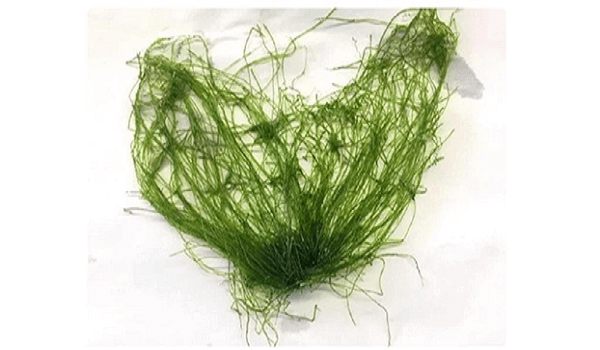Scientists at Gujarat Energy Research and Management Institute (GERMI) have made a breakthrough in energy storage technology with the development of the thinnest, lightweight, and biodegradable paper-based supercapacitor.
Paper-based Supercapacitor
- The paper-based supercapacitor developed by GERMI researchers is the thinnest and most lightweight of its kind.
- By leveraging cellulose nanofibers derived from seaweed, the team successfully created an anodic paper supercapacitor that exhibits exceptional tensile strength, performance, and cost-effectiveness.
Applications and Business Prospects
- The applications of this innovative supercapacitor are vast, spanning electronics, memory backup systems, airbags, heavy machinery, and electric vehicles.
- Consequently, it presents a lucrative business prospect for industries seeking high-performance energy storage solutions.
- The technology’s versatility and eco-friendly nature make it an attractive option for both manufacturers and consumers.
Potential of Marine Cellulose
- The paper supercapacitor owes its remarkable properties to the marine cellulose-based material derived from seaweed.
- This material holds immense potential for integration into various smart electronic devices.
- Additionally, the cultivation of seaweed can serve as a source of revenue for coastal communities, creating economic opportunities and sustainable development.
Supercapacitor
- A supercapacitor is an electrochemical charge storage device. They are also known as ultracapacitors.
- It has significant advantages such as high-power density, long durability, and ultrafast charging characteristics as compared to conventional capacitors and Lithium-Ion batteries (LIB).
- Main components of supercapacitors include electrode, electrolyte, separator, and the current collector.
Seaweeds
- Seaweeds are macroalgae attached to rock or other substrata and are found in coastal areas.
- They are classified as chlorophyta (green), rhodophyta (red) and phaeophyta (brown) on the basis of their pigmentation.
- Among them, chlorophyta holds more potential components — carbohydrates, lipids, proteins and bioactive compounds.
- Significance:
- Nutritional Value: Seaweeds are rich in essential nutrients, including vitamins, minerals and dietary fibre.
- For Medicinal Purpose: Many seaweeds contain anti-inflammatory and anti-microbial agents. Certain seaweeds possess powerful cancer-fighting agents.
- Bioindicator: When waste from agriculture, industries, aquaculture and households are let into the ocean, it causes nutrient imbalance leading to algal blooming, the sign of marine chemical damage.
- Seaweeds absorb the excess nutrients and balance out the ecosystem.
- Oxygen Production: Seaweeds, as photosynthetic organisms, play a vital role in marine ecosystems by producing oxygen through photosynthesis, sustaining the respiration and survival of marine life.

